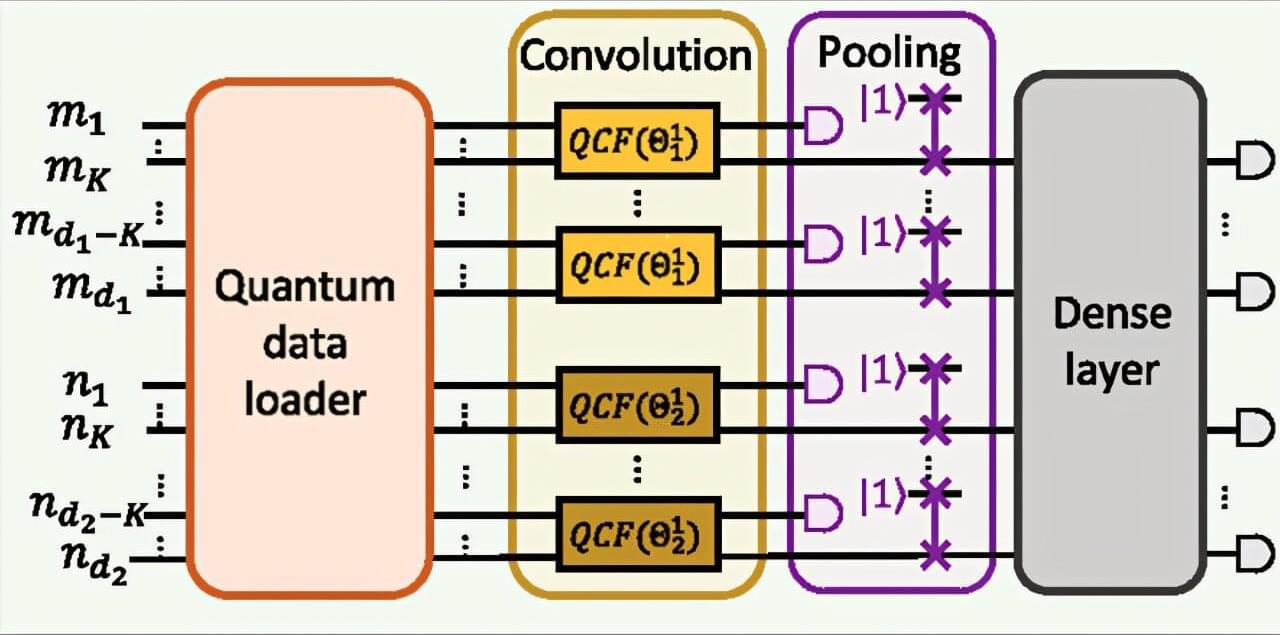Machine learning models called convolutional neural networks (CNNs) power technologies like image recognition and language translation. A quantum counterpart—known as a quantum convolutional neural network (QCNN)—could process information more efficiently by using quantum states instead of classical bits.
Photons are fast, stable, and easy to manipulate on chips, making photonic systems a promising platform for QCNNs. However, photonic circuits typically behave linearly, limiting the flexible operations that neural networks need.








